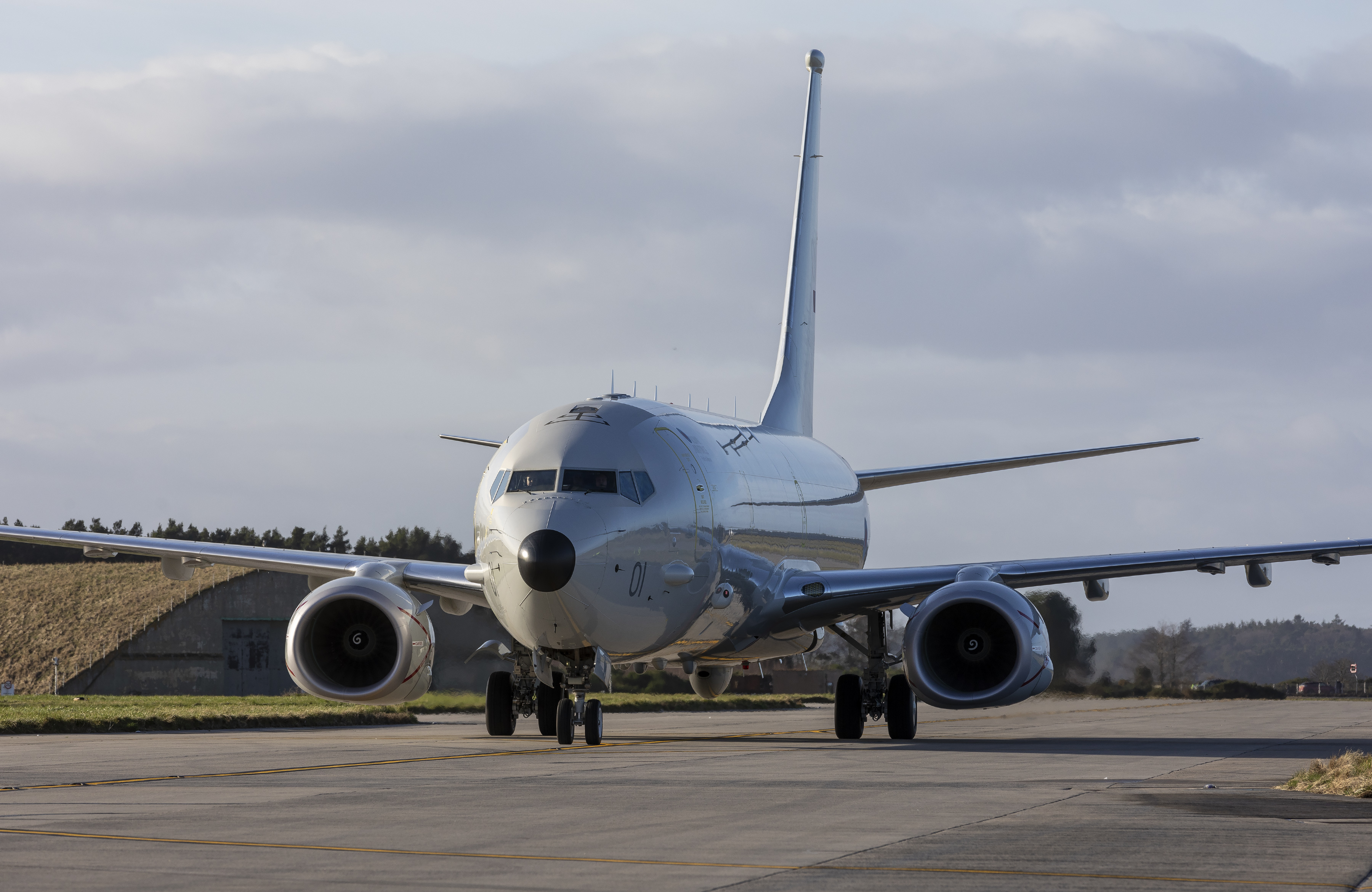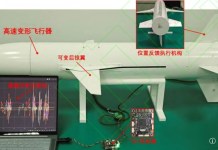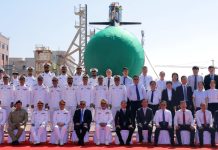In recent months, the UK has stepped up its efforts to monitor Russian submarine activities over the Arctic. Recently, British media reported that a Royal Air Force (RAF) Poseidon P-8 submarine hunter expelled a Russian “Shark” sub in the waters off the coast of Norway.
The likelihood of such encounters with Russian naval vessels increases as the British presence in the region grows. Nonetheless, photographs of the incident have also surfaced. They are said to have been taken by an unidentified photographer who seems to be a British marine engineer working on an offshore energy site.
Dramatic moment Russian nuclear 'shark' sub was shadowed by RAF's submarine hunter https://t.co/XtPNScX3m1
— Daily Mail U.K. (@DailyMailUK) August 10, 2022
The quick-witted photographer told The Mail: “On Sunday night, we saw a British Poseidon P-8, and on Monday, we saw all the NATO Navy vessels and the sub itself on the surface.” “We could hear the radio chatter between the ships and the plane, and there were definitely British accents,” he added.
Moscow has heavily militarized its Arctic territory by reopening Cold War-era bases and making significant investments in equipment and infrastructure to support its forces’ ability to operate on the ice.

Since the invasion of Ukraine, there has been an increase in Russian submarine activity, particularly in the North Sea. Additionally, Russian State TV has frequently aired veiled warnings of nuclear attacks against the US and the UK, one of which included the use of a nuclear torpedo that could unleash a tsunami wave 500 meters high.
The latest standoff between the Russian submarine and the tracking team ended when the vessel sailed into the North Sea.
The report stated that the engineer who took the photos claimed he thought the NATO team tracking the ship forced the Russian submarine to the surface after finding it submerged. An expert, however, disputed the engineer’s statements and said it was highly improbable.
Expert’s View Of The Incident
Sidharth Kaushal, Research Fellow (Sea Power) at the Royal United Services Institute (RUSI), discussed the idea with The Mail and confirmed the boat was an Akula class nuclear attack submarine.
The Akula (“Shark”) class, also known as Project 941, was developed to serve as the cornerstone of the Soviet Union’s maritime nuclear deterrent forces. In 1986, the Soviet Union Navy launched the first of its fourth-generation Akula class nuclear-powered submarines.
The boat is about 110 meters long, can carry up to 13,00 tons of weight, and can transport various weapons and electronic warfare gear. The Akula uses noise decoys to evade detection and can sail at a depth of up to 600 meters.
It can sail for up to 100 days without resurfacing for supplies and move at a speed of up to 40 mph when submerged.
Kaushal said: “I think that’s very unlikely it was forced to the surface, as they can only really do that with depth charges. It’s a cat and mouse game between these submarine patrols and the countries they are passing.”

Kaushal further argued, “Submarines often travel on the surface as it’s safer to navigate that way. This one may have been part of the Russian Northern Fleet on its way back from the Navy Day parade in St Petersburg on July 31.”
He said that whatever the Russian submarine was doing there, whether it was simply transiting or doing something more covert, the Norwegians would want to shadow it with the assistance of other NATO assets.
“NATO officials have said that Russian submarine activity is at levels they haven’t seen since the Cold War. The Norwegian vessel appears to be a Fridtjof Nansen-class frigate of the Royal Norwegian Navy involved in the operation surrounding this submarine,” he noted.
Russia is allegedly leading efforts to militarize the Arctic, and the UK and NATO intervened to uphold international law, according to a defense source who spoke to the Telegraph. Russia unveiled its own Arctic Strategy in 2008.
Meanwhile, the UK appears to have a plan that includes using a few of the nine P-8 Poseidon maritime patrol aircraft stationed at RAF Lossiemouth in Moray to monitor Russian submarine activity.
In its 16-page strategy document, the Ministry of Defense claims that Russian submarine activity in the North Atlantic has “returned to Cold War levels.”
- Contact the author at ashishmichel@gmail.com
- Follow EurAsian Times on Google News




